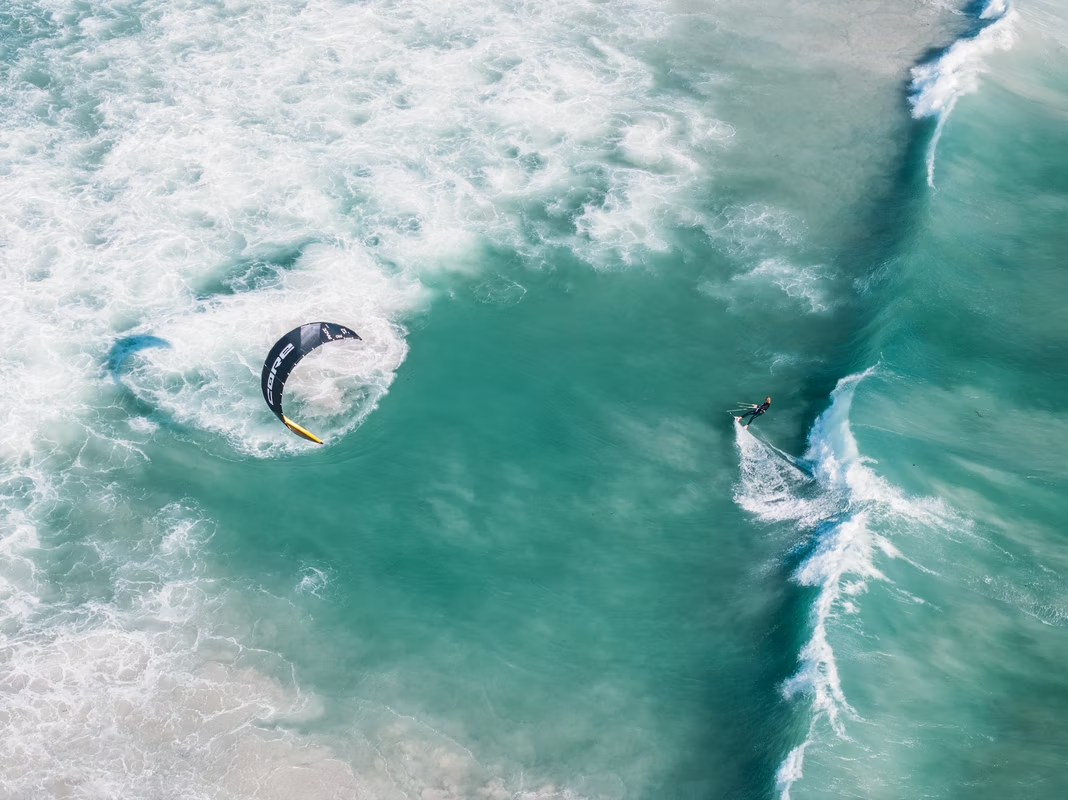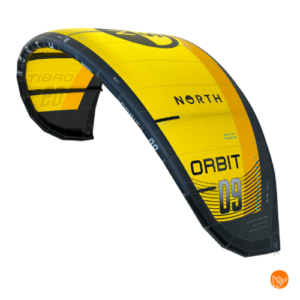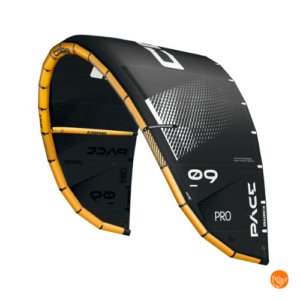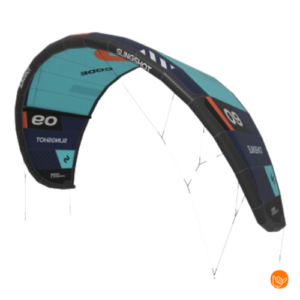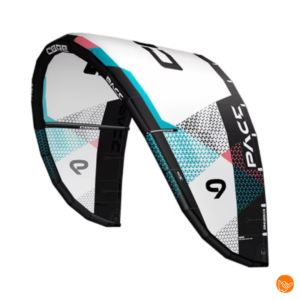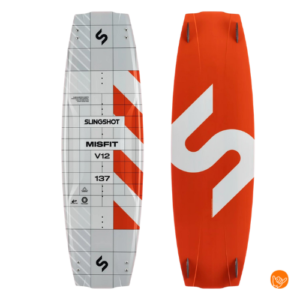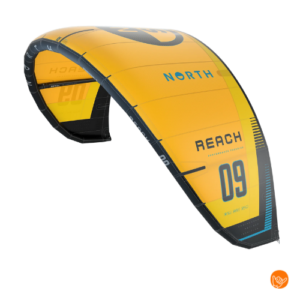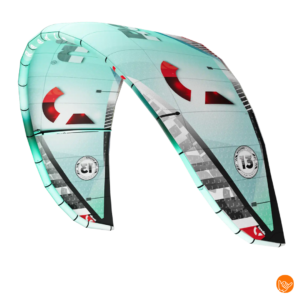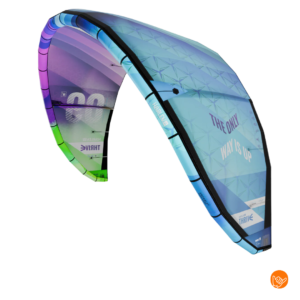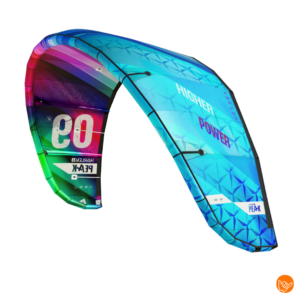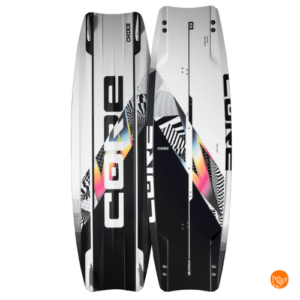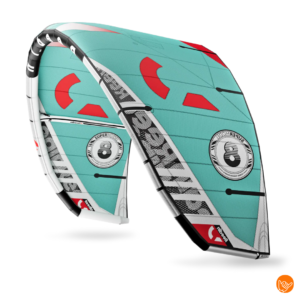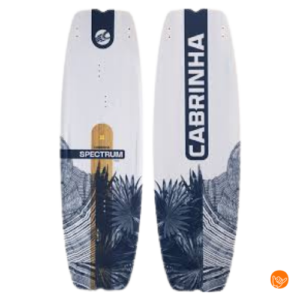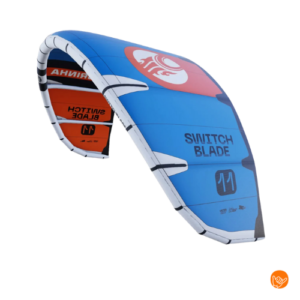The right kitesurfing gear for different wave conditions depends on wind strength, wave height and your skill level. For small waves, use larger kites (12-15m) and stable boards, while big waves require smaller kites (7-10m) and nimble boards. Your experience determines how much control and performance you can handle, with beginners prioritizing stability and advanced riders choosing more responsive gear.
What kitesurfing equipment do you need for small waves?
For small waves and calm water conditions choose larger kites between 12-15 meters and stable, wider boards. This combination offers maximum stability and easy handling, ideal for beginners and recreational kitesurfers who want to enjoy relaxing sessions.
In small waves, the focus is on stability and control. Larger kites like the Ventum Xplore or Core XR8 generate enough power in lighter wind conditions. These kites have a wide wind window and forgive mistakes more easily, which is perfect for kitesurfers who are still developing their technique.
For your kiteboard, choose a wider, longer board that offers more buoyancy. Boards like the Naish Monarch or Cabrinha Spectrum are designed for stability and early planning. Essential equipment for small waves includes:
- Kite of 12-15m for sufficient power in light winds
- Wide board (140-145cm) for extra stability
- Comfortable harness that distributes pressure well
- Wetsuit adapted to water temperature
- Safety leash and impact vest for beginners
How to choose the right gear for medium-sized waves?
Medium-sized waves require a balance of power and control, choosing kites from 9-12 meters and versatile all-round boards. This configuration provides enough performance for jumps and tricks, while still maintaining control of your kite equipment.
In average wave conditions, your gear selection becomes crucial for both fun and safety. Kites like the Core Pace or Reedin SuperModel HTF offer excellent all-around performance. They are responsive enough for dynamic kitesurfing, but remain predictable in varying wind conditions.
Your kiteboard choice shifts to more responsive models such as the Core Choice 6 or Slingshot Misfit. These boards offer the perfect blend of stability and maneuverability. For medium-sized waves, you need:
- Kite sizing: 9-12m depending on wind strength and your weight
- Board selection: Medium width (135-140cm) for balance between control and performance
- Bar setup: Reliable bar like the Core Sensor 4 for instant feedback
- Safety equipment: Helmet and impact vest in more challenging conditions
- Backup systems: Extra safety leash and quick release mechanism
What equipment do you use in big waves and strong winds?
Big waves and strong winds require smaller kites from 6-9 meters and agile, sturdy boards that can handle extreme conditions. This setup prioritizes control and safety over easy handling, suitable for experienced kitesurfers seeking challenging watersports conditions.
In big waves, your gear becomes your lifeline. Smaller kites like the Core XR Pro or Harlem PEAK generate less elevator but offer maximum control in strong winds. These high-performance kites respond instantly to input and have quick depower capabilities for emergency situations.
Your board choice shifts to more compact, sturdier models such as the Core 720 III or CARVED Imperator. These boards are designed to withstand big impacts and offer superior edge hold in extreme conditions. Critical gear for big waves:
- Small kites (6-9m) with fast depower for maximum control
- Solid boards With reinforced construction against impacts
- Premium bars such as the North Navigator PRO for reliable control
- Full protection: helmet, impact vest, and possibly back protection
- Emergency Equipment: knife, waterproof communication, and backup safety systems
What role does your experience play in choosing kitesurfing gear?
Your skill level directly determines which kitesurfing equipment is suitable for different wave conditions. Beginners need stable, predictable gear, while advanced kitesurfers can benefit from more responsive, performance-oriented equipment that offers greater control and technical capabilities.
Beginning kitesurfers should prioritize safety and ease of learning. Kites such as the Ventum Xplore AS or Naish Triad are designed specifically for starters, with wide wind vanes and stable flight behavior. These kites forgive mistakes and make learning basic techniques much safer.
Intermediate kitesurfers can switch to more versatile gear such as the Cabrinha Switchblade Apex or Core Fusion boards. This gear offers more performance without the complexity of pure racing or freestyle gear.
Advanced riders can opt for specialized equipment such as the Slingshot Code NXT for freestyle or the Core PACE Pro for racing. Define experience levels:
- Beginner: Large, stable kites (12-15m) and wide boards for all conditions
- Intermediate: Medium kites (10-13m) with more responsiveness and all-round boards
- Advanced: Specialized gear adapted to specific disciplines and conditions
- Expert: Multiple kite quiver for optimal performance per condition
How do you adjust your equipment during a kite session?
During a kite session, you can adjust your gear by change bar position, kite trim, and board stance when wind and wave conditions change. These adjustments optimize your performance and safety without leaving the water, crucial for long sessions with changing conditions.
Real-time adjustments make the difference between an average and great session. When the wind picks up, trim your kite more inward for less power. When the wind decreases, you leave the bar out for maximum kite response. Your board stance can also be adjusted - wider stance for more control, narrower stance for more maneuverability.
Modern kite equipment like the Core Sensor 4 Pro bars have trim systems that you can adjust while kitesurfing. This means you can react to changing conditions without interrupting your session.
Practical adjustments during your session:
- Wind increase: Trim kite inward, move harness lower, reduce kite window
- Wind decrease: Leave bar out, increase kite position, use more kite movement
- Larger waves: Reduce kite height, use more edge on board
- Flatter water: Increase kite movements, focus on speed building
- Fatigue: Increase kite position, use less aggressive stance
Choosing the right gear for different wave conditions requires an understanding of both your own level and the equipment available. For beginning kitesurfers who want to explore this sport without a large investment, our flexible subscription the perfect solution to experience different gear.
Want to put together your own ideal combination for specific conditions? Through our set composition service you can select exactly the gear that suits your skills and favorite kitesurfing conditions. For personal advice on which gear best suits your plans and experience, please feel free to Get in touch with us.

